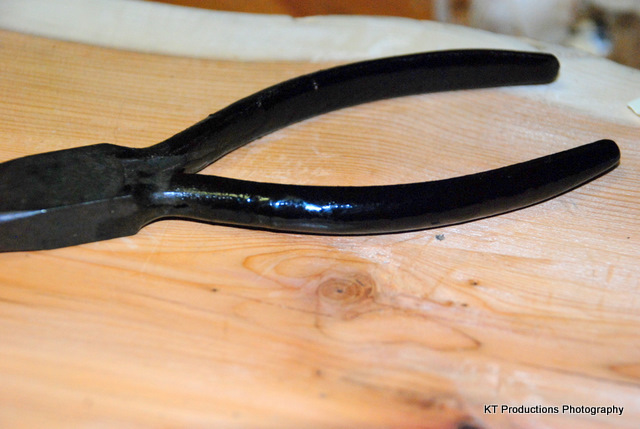GazPal
Established Member
In order to avoid the risk of de-railing an extremely positive thread concerning a nicely re-furbished Stanley 5,1/2 I thought it best to begin my own thread.
Since retirement and in spite of taking good care of my tools, I feel my Record hand planes (Mostly pre mid 1950's and some pre-war) are in need of a little TLC in terms of re-finishing. The vast majority being in my possession since my apprenticeship, with a few bought soon after its completion or as replacement pieces. My aim is not so much regarding aesthetics, but more to do with keeping them in sound working order and one way I'd like to approach this would be by freshening them up a little.
Most are in very fine condition, but a few definitely need a new paint job.
The questions are;
1. Which type and/ or brand of paint/enamel to use?
2. Which shade of blue. I've read it's Roundell Blue, but can't seem to find it's equivalent.
3. Where on earth do I source the materials to carry this work out? I'm fine with both brush and spray painting, but would rather start out on the right footing rather than run the risk of having to strip back freshly laid finish due to fluff ups revolving around paint type.
I've re-finished two from my set, but would rather stop now and wait until the proper materials are in place.
Any help or advice will be greatly appreciated.
Since retirement and in spite of taking good care of my tools, I feel my Record hand planes (Mostly pre mid 1950's and some pre-war) are in need of a little TLC in terms of re-finishing. The vast majority being in my possession since my apprenticeship, with a few bought soon after its completion or as replacement pieces. My aim is not so much regarding aesthetics, but more to do with keeping them in sound working order and one way I'd like to approach this would be by freshening them up a little.
Most are in very fine condition, but a few definitely need a new paint job.
The questions are;
1. Which type and/ or brand of paint/enamel to use?
2. Which shade of blue. I've read it's Roundell Blue, but can't seem to find it's equivalent.
3. Where on earth do I source the materials to carry this work out? I'm fine with both brush and spray painting, but would rather start out on the right footing rather than run the risk of having to strip back freshly laid finish due to fluff ups revolving around paint type.
I've re-finished two from my set, but would rather stop now and wait until the proper materials are in place.
Any help or advice will be greatly appreciated.

































